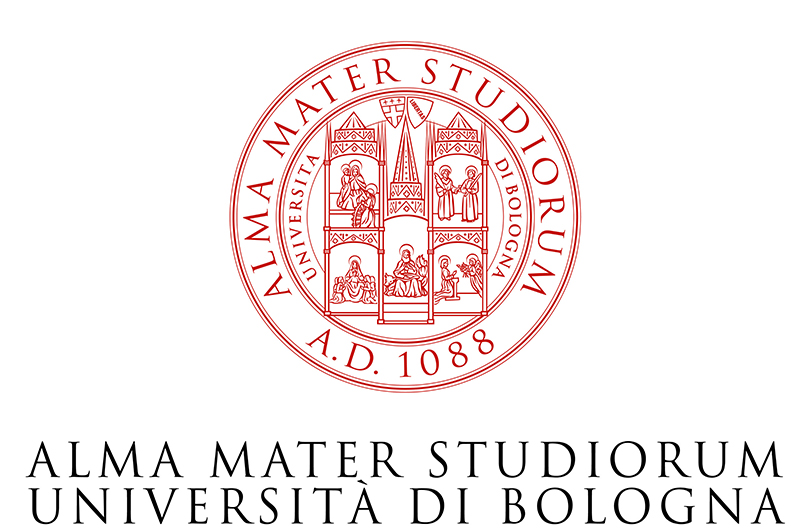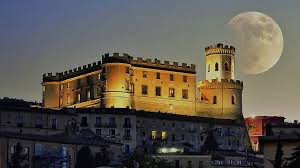[Luisa Occhiuto] Characterization and performance studies for the photosensors of the dual radiator RICH detector of the ePIC experiment at the future Electron-Ion Collider
The Electron Ion Collider is a future particle accelerator that will be constructed in the United States. Its primary objective is to deepen our understanding of the strong interaction through collisions between highly polarized beams of electrons and atomic nuclei. The structure of the future detector includes a particle identification system based on Cherenkov light emission, a phenomenon that can be used to distinguish particles. For this specific detection task, a dual radiator ring imaging Cerenkov (dRICH) apparatus has been chosen, consisting of two radiators surrounded by silicon photomultipliers. The purpose of this thesis is to conduct an initial characterization…






